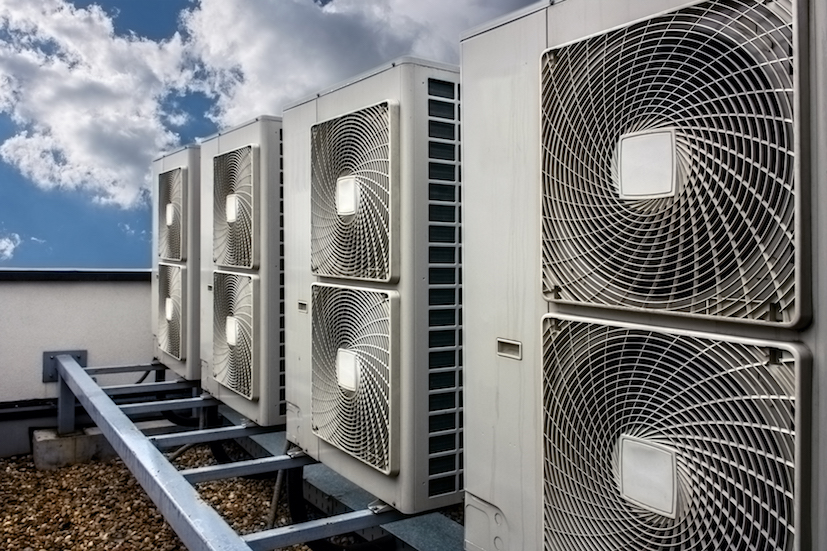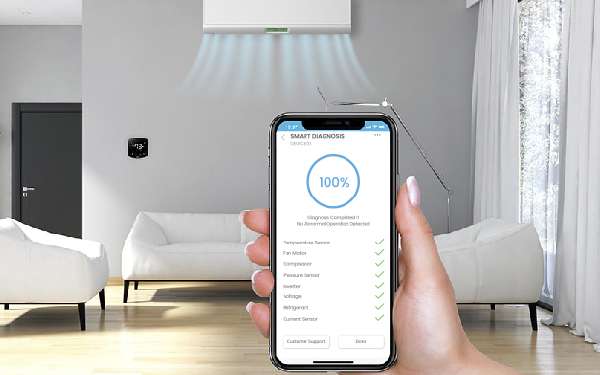In today’s rapidly evolving technological landscape, the integration of AI powered efficiency metrics for HVAC has become a game-changer in the industry. This cutting-edge approach not only enhances system performance but also significantly reduces operational costs. With the increasing demand for energy-efficient solutions, these metrics are paving the way for a more sustainable future.
The advent of AI powered efficiency metrics for HVAC has brought about a paradigm shift in how we perceive and manage heating, ventilation, and air conditioning systems. By leveraging advanced algorithms and data analytics, these metrics provide valuable insights into system performance, enabling proactive maintenance and optimization. As a result, businesses can achieve higher energy efficiency, reduced downtime, and improved indoor air quality.

Understanding AI in HVAC Systems
At the core of these advancements is artificial intelligence. AI algorithms analyze vast amounts of data collected from sensors installed in HVAC systems. This data includes temperature, humidity, airflow, and energy consumption metrics. By processing this information, AI can identify patterns, detect anomalies, and predict potential issues before they occur.
The Role of Machine Learning
Machine learning, a subset of AI, plays a crucial role in enhancing the efficiency of HVAC systems. It enables the system to learn from historical data and continuously improve its performance over time. This self-learning capability allows HVAC systems to adapt to changing environmental conditions, ensuring optimal comfort and energy efficiency.
For instance, AI algorithms can predict the required cooling or heating load based on weather forecasts and occupancy patterns. By adjusting the system settings accordingly, businesses can minimize energy wastage and reduce operational costs. To learn more about intelligent load forecasting, visit Intelligent HVAC Load Forecasting.
Benefits of AI Powered Efficiency Metrics
Enhanced Energy Efficiency
One of the primary benefits of incorporating AI into HVAC systems is enhanced energy efficiency. By analyzing real-time data, AI can optimize the system’s performance, ensuring that energy is used efficiently. This not only reduces utility bills but also contributes to a greener environment by minimizing carbon emissions.
Proactive Maintenance
AI powered efficiency metrics enable proactive maintenance strategies by identifying potential issues before they escalate. By monitoring system performance and detecting anomalies, AI can alert technicians to perform necessary repairs or maintenance, preventing costly breakdowns and minimizing downtime. For more insights into automated decision-making in HVAC repair, visit Automated Decision-Making in HVAC Repair.
Improved Indoor Air Quality
Indoor air quality is a critical factor in ensuring occupant comfort and well-being. AI powered efficiency metrics monitor and regulate factors such as ventilation, humidity, and air filtration to maintain optimal indoor air quality. By ensuring a healthy indoor environment, businesses can enhance employee productivity and reduce the risk of health issues related to poor air quality.
Challenges and Considerations
While the benefits of AI powered efficiency metrics are undeniable, there are certain challenges and considerations that businesses must address. One of the primary challenges is the initial investment required for implementing AI technology. However, the long-term cost savings and improved system performance often outweigh the upfront costs.
Data Privacy and Security
Another important consideration is data privacy and security. With the integration of AI, HVAC systems collect and analyze vast amounts of data. It is crucial for businesses to implement robust security measures to protect this data from unauthorized access or breaches. Additionally, businesses must comply with relevant data protection regulations to ensure the privacy and confidentiality of customer information.
The Future of AI in HVAC
The future of HVAC systems lies in the continued advancement and integration of AI technology. As AI algorithms become more sophisticated and capable of processing larger datasets, the potential for further optimization and innovation in HVAC systems is immense. From predictive maintenance to energy-efficient designs, AI will continue to shape the future of the HVAC industry.
To learn more about how AI is transforming the HVAC industry, visit How AI is Transforming the HVAC Industry.
Conclusion
In conclusion, AI powered efficiency metrics for HVAC represent a significant leap forward in the industry. By leveraging the power of artificial intelligence, businesses can achieve higher energy efficiency, reduced operational costs, and improved indoor air quality. As technology continues to evolve, the potential for further advancements in HVAC systems is limitless. Embracing AI powered efficiency metrics is not only a smart business decision but also a step towards a more sustainable and efficient future.

FAQs
What are AI powered efficiency metrics?
AI powered efficiency metrics are advanced algorithms and data analytics used to optimize the performance and energy efficiency of HVAC systems by analyzing real-time data collected from sensors.
How do AI powered efficiency metrics improve HVAC systems?
These metrics enhance HVAC systems by optimizing energy usage, enabling proactive maintenance strategies, and improving indoor air quality through real-time data analysis and pattern recognition.
What challenges do businesses face when implementing AI in HVAC systems?
Challenges include the initial investment required for AI technology, data privacy and security concerns, and compliance with data protection regulations.
This article contains affiliate links. We may earn a commission at no extra cost to you.
